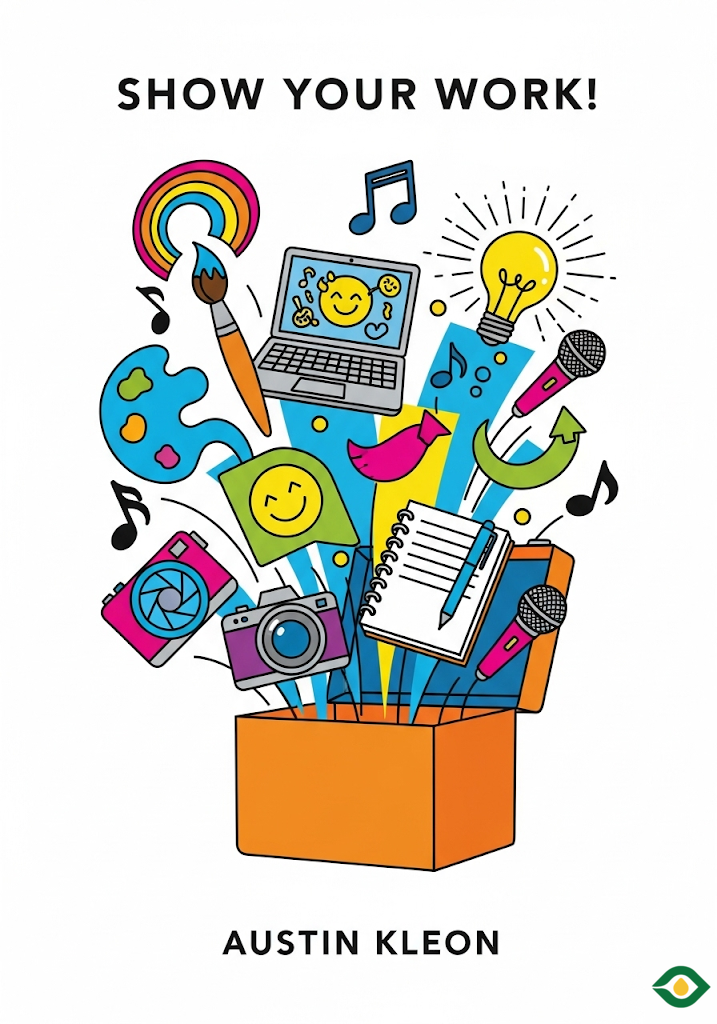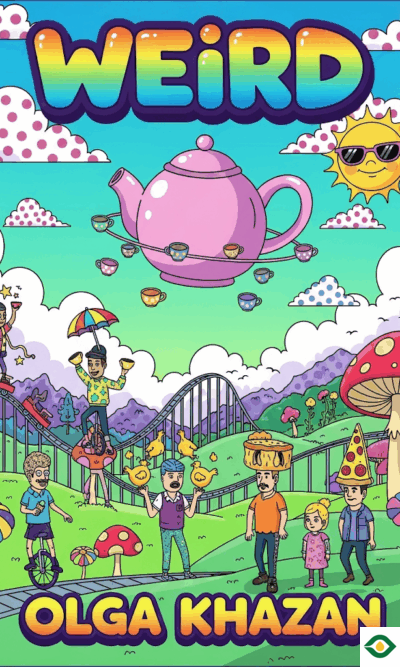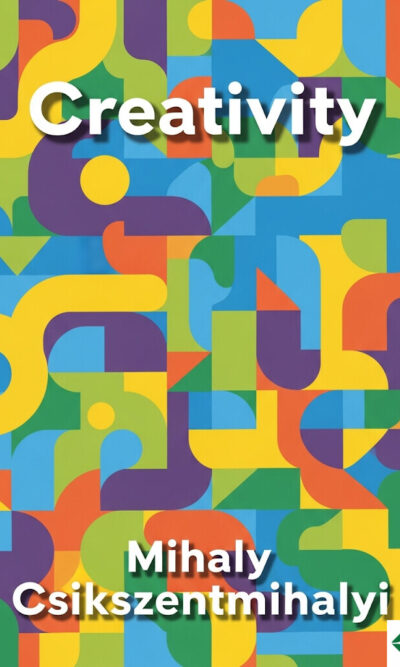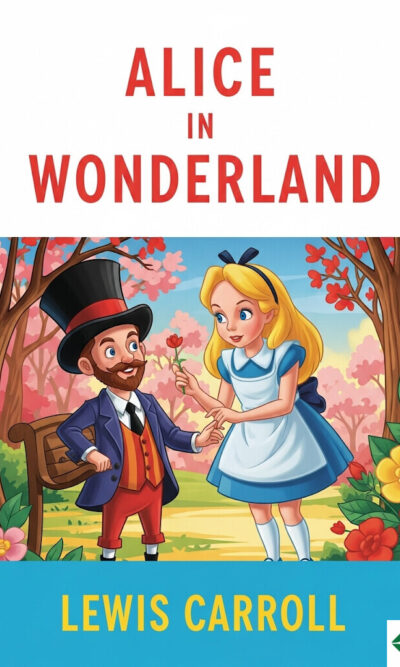Description
Creativity is often shown as a lonely struggle of a genius working in isolation. We imagine the artist or thinker locked away, touched by sudden inspiration, creating something extraordinary, and then finally revealing it to the world. But this story is mostly a myth. Real creativity is not about hiding until perfection appears. It is about connecting, sharing, learning, and allowing others to witness the process.
The truth is that creative work grows best in community. Ideas rarely come out of nowhere. They are influenced by mentors, friends, colleagues, other artists, and even strangers. Every masterpiece carries the fingerprints of a whole network of people who inspired, guided, or supported the creator. This is why the internet has become so powerful for modern artists, writers, and makers. It allows us to find our “scene” — a collective of people exchanging thoughts, encouraging each other, and feeding one another’s imagination.
What makes this especially exciting is that amateurs often thrive online. Unlike professionals tied to rules or reputations, amateurs are free to experiment. They are curious, playful, and unafraid of mistakes. They share openly and discover new paths while learning in public. In a fast-changing world, we are all forced into this amateur mindset sooner or later, and embracing it keeps creativity alive.
A simple but powerful way to grow as a creator is to document your process. In the past, only the finished work was displayed — the painting on the wall, the book in the shop, the song on the stage. But now, process and product live side by side. Showing your drafts, experiments, or even your failures invites others to take part in your journey. It satisfies people’s natural curiosity, helps you stay accountable, and provides a feedback loop.
Think of documenting as keeping a daily log. Share one snapshot every day of what you are doing — it could be a sketch, a small idea, or something that inspired you. Don’t worry about polish. Most of what you produce won’t be perfect anyway, but even the rough scraps can lead to unexpected connections. Posting regularly builds both an archive of your growth and an audience that feels invested in your progress.
Relying only on social media can be risky, though. Platforms rise and fall, and your work should not depend on them alone. The best long-term investment you can make is to build your own online home — a simple website where your creations and your story live together. This gives you full control and a permanent space that will not vanish if an app disappears. Collecting email addresses from visitors and sending occasional updates strengthens your bond with your audience even further. Unlike the fleeting likes of social media, a mailing list is a direct, lasting connection.
Another important habit is to share what excites you, not just what you make. Your favorite books, movies, music, or even small everyday discoveries can attract like-minded people. What you collect and admire says a lot about who you are. Sharing it openly creates a window into your influences and interests, and people who feel the same pull are more likely to find you. These “your people” become both supporters and collaborators.
But sharing alone is not enough. You must also learn to tell stories. People don’t just care about the work; they care about how it came to be. A good story makes the difference between a piece being overlooked and a piece being remembered. Explaining where an idea came from, what problems you faced, and how you solved them makes your work more relatable and meaningful. Think of storytelling as giving context — it transforms curiosity into emotional connection.
Along the way, remember that teaching is one of the best ways to learn. When you explain your process to others, you deepen your own understanding. Sharing your knowledge does not make you weaker; it makes your connection stronger. People who learn from you often give back in unexpected ways, offering new ideas, insights, or encouragement. By being generous with your knowledge, you create a cycle of mutual growth.
Still, generosity must be balanced with boundaries. Not everyone who comes your way will give energy back. Some people will drain your time, discourage you, or spread negativity. It is important to recognize these “vampires” and keep them away. Protecting your creative energy is as important as sharing it. Seek real friendships, genuine collaboration, and communities that lift you up.
At some point, your creative work might start to bring in money. That does not make you a “sellout.” The romantic image of the starving artist is harmful and unnecessary. Money gives stability, freedom, and the ability to keep creating. Many of history’s great works were made on commission or for payment. Embrace the opportunities that come with financial reward. What matters is staying true to your creative path while allowing yourself to thrive.
Long-term success also depends on grit. Luck may play a role, but persistence matters more. The ones who endure are those who keep going, who do not give up when things get tough. Think of your projects as links in a chain. When one ends, light the next one with the sparks of the previous. This steady rhythm prevents stagnation. Yet rest is also part of the process. Taking breaks, whether long sabbaticals or small daily pauses, refreshes your mind and lets you return with renewed energy.
In the end, the message is clear: creativity flourishes when you show your work. By documenting your journey, telling stories, sharing what inspires you, and teaching what you know, you invite others into your world. This builds connections, sparks collaborations, and turns your work into something larger than yourself. The path is not about hiding until perfection arrives — it is about stepping into the open, being brave enough to share, and letting your creativity grow in the light of community.





